Too much humidity in your basement causes excess condensation on windows, walls, and ceilings. This condensation can potentially stain your basement surfaces, cause unpleasant musky smells, and promote the growth of mold. All of these issues are quite costly to resolve, the most expensive being the growth of mold. Properly ridding your home of mold usually requires professional assistance, and it isn’t cheap. So, how do you avoid issues like this?
The best way to prevent these problems from occurring is by simply removing the humidity from your basement. Depending on your geographical location, this may be tougher for some homeowners than others.
There are a lot of other ways to remove the humidity from your basement. In fact, by removing the humidity naturally, you won’t have to invest in an expensive machine, and you’ll minimize your electricity consumption. So, how do you dehumidify a basement without a dehumidifier?
Determining Whether or Not Your Basement Has a Humidity Issue
Before we offer solutions, it’s important to first determine whether your basement actually has a humidity problem.

A moisture meter
The first way to tell if your basement has a humidity problem is by using a moisture meter. If you don’t know what a moisture meter is, it’s an instrument that measures the percentage of water within a material, like wood or concrete.
Alternatively, you might also choose to use a hygrometer. A hygrometer measures the level of water vapor in the room it’s being used. Most hygrometers have digital screens and are typically hung on a wall. Hygrometers are quite affordable and can be purchased at most home improvement stores. They’re also easy to set up and simple to use.
Now, if you don’t have a moisture meter or hygrometer, you’ll have to rely on other ways of determining whether the humidity is an issue. Inspect the walls, the ceiling, and the glass windows for condensation.
In addition to this, you’ll also want to look for run-off tracks and watermarks anywhere where warm air comes in contact with a cool surface. Window sills are a perfect example of one of these areas you’ll want to inspect. If condensation, run-off tracks, or watermarks have been appearing in your basement for a while, there’s a good chance mold or mildew has already begun to grow.
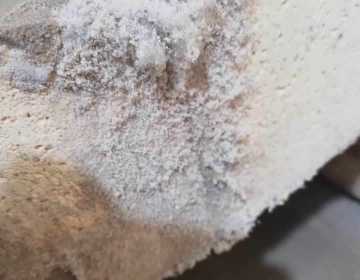
Primary efflorescence
Another thing that can be a sign that you have a humidity problem includes efflorescence. It’s crystallized salt that comes from the moisture in the air. This is a white, powdery matter that usually shows up on concrete, brick, and stone when there’s too much moisture.
Like mentioned earlier, when mold or mildew starts to grow, you’ll usually be able to smell a musky odor. Some homeowners will even have allergic reactions to the mold or mildew.
What Causes Above-Average Humidity Levels?
One of the main reasons people have problems with humidity is due to the season. For instance, warmer air generally has more humidity in it than colder air. As a result, humidity levels are higher in the summertime.
When that humid air gets into your basement, whether it be through the air ducts, inefficient windows, or other areas of your home, it mixes with the cooler air and produces condensation, which, as mentioned above, can cause several issues.
Another cause of high humidity levels is having an oversized air conditioner. Many people think that having a big, strong air conditioning system helps. However, that’s not really the case. What happens is the oversized air conditioning unit cools the house so fast that it’s not letting your HVAC units and the rest of your house dehumidify properly.
A home with poor insulation and ventilation will also help contribute to high levels of humidity. This is why many homeowners see the growth of mold in their bathrooms. The steam shower produces a lot of humidity, and that humidity has no way of escaping.
It’s best to crack the bathroom window if you enjoy taking extremely hot showers. If you just open a door, the humidity distributes through the rest of your living area. The humidity needs to be directed to the outside.
The same can be said about laundry rooms, which are oftentimes are located in the basement of a house. That’s why most homes have a pipe that directs the steam outward. It’s also important to make sure your walls are insulated right. This is important to maintaining the humidity levels in your home.
Like insulation, an unsealed basement is also another influence on high humidity levels. This is especially true for basements that contain crawlspace dirt. In addition to this, basement floors that have unsealed cracks and aren’t sealed will also contribute to high humidity levels.
The thing you have to remember is that concrete walls are porous and need to be properly sealed. Although sealing your basement walls and floor may seem like a hassle, it’ll save you a lot of heartache and money in the future.
Lastly, plants or wet wood can contribute to high humidity levels in your home. You see, after you water your plants, they suck up all the water from the soil, and then they release a lot of moisture into the air. As far as wet wood, when your basement is dry, it will suck up the moisture and increase your basement’s humidity levels.
Now, that’s not to say you can’t have certain plants in your basement, because certain plants can help remove the humidity in your basement while others will contribute to it.
Eliminating the Humidity in Your Basement Without the Use of a Dehumidifier
There are several ways to eliminate the humidity without the use of a dehumidifier, and a lot of the methods listed below are very effective as well. Give them a try and see what you think.
☆ Increase Airflow
The best way to eliminate the humidity in your basement without the use of a dehumidifier is to install a vent and fan. If your laundry room is in your basement, you’ll want to install a fan and a vent that leads outdoors. The process of doing this is pretty simple, but if you’ve never installed a fan or a vent, it might be best to call a professional to get the job completed right. The best thing about a fan is that it uses very little electricity and typically won’t increase your electricity bill.
Another way to vent the humidity out of your basement is to open two windows and run a medium-sized fan close to one of those open windows. However, it’s important to consider how humid it is outside in comparison to your basement. If the humidity level outside is higher than your basement, then you won’t want to use this process.
☆ Crystal Salt
Crystal salt works great for soaking up the moisture in your basement. Simply put your salt in a bucket and let it sit out. After a good portion of water has accumulated in the bucket, dump the water and put more salt in the bucket. It’s important to point out, though, that when you go to your local home improvement store to purchase your crystal salt, make sure you buy a product with calcium chloride, also known as rock salt. If you purchase your salt in bulk, it’s generally not very expensive.
☆ Charcoal
Charcoal is a wonderful product that’s really effective at removing humidity without the use of a dehumidifier. The best part? It’s inexpensive, doesn’t leave a mess, and doesn’t have an odor. The reason charcoal works so well is that there’s no moisture in it. The best way to use charcoal is to use it just like the crystal salt. Put the charcoal in a bucket, and after the water you’ve collected accumulates, dump it and add new charcoal. It’s that easy.
☆ Silica Gel
Silica gel is a powerful tool, but make sure you’re careful when you use it. It can be very dangerous to your health if improperly used. It’s important to keep silica gel away from children and pets. All you have to do is purchase silica gel bags and lay them in the areas of your basement that have the most humidity, the laundry room, for example. Once they are filled with water, simply throw them away and replace them with new ones. Silica gel can be purchased at most home improvement stores and is really affordable.
☆ Dry Clothes Outdoors
Drying your clothes outdoors is an excellent method for decreasing your basement’s humidity. Even if you live in the Midwest, where cold weather is common, you’ll still get about 4 to 5 months of warm temperatures. Plus, the summer is typically when basements have the highest levels of humidity. By drying your clothes outdoors on a clothesline, you’ll help control the humidity level in your basement, and by not consistently using your drier, you’ll also save on your electricity bills as well.
☆ Run Your Air Conditioning Consistently
As mentioned earlier, an oversized air conditioner can lead to increased humidity. However, that doesn’t mean you should avoid air conditioning all together. As long as you have the right-sized unit for your house, running your air conditioning consistently can be very beneficial in reducing the humidity in your basement. Simply figure out what temperature your household is most comfortable with and just keep it running. This should decrease your home’s humidity level in no time.
☆ Container Desiccant
This product is a lot like silica gel. They work in the same way, but container desiccant usually comes in a variety of different-sized bags that you hang from your walls and ceiling. These bags were originally designed to be used on shipping containers when they were being transported overseas. To properly use container desiccant, hang a couple of these bags in your basement. They’re convenient, inexpensive, and easy to use.
☆ Minimize Seepage Along the Basement Floor
If you degrade the soil that’s located around your home’s foundation, you can actually prevent water from moving towards the foundation and eventually seeping in. You can also point your downspouts away from your basement walls. To do this, you’ll more than likely have to use downspout extensions. These can be purchased at most home improvement stores.
☆ Cold Showers
If your basement has a shower unit, and you use it frequently, the steam from hot showers will definitely contribute to the increase in humidity. To help keep the humidity down, cold showers are a good choice, and this isn’t too difficult to do on a hot summer day. If you still want to take a hot shower, then make it a quick one. You can also progressively turn the water from hot to cold throughout the course of your shower.
☆ Cover Your Cooking Pans
Some basements are remodeled into an additional living space complete with a stove. If this is the case with your home, and you do cook downstairs, make sure that you always cover the cooking pan while it’s boiling on your stovetop. The steam that rises can help increase the humidity in your home. Another thing you can do is run the vent hood. This will eliminate any steam that does come out of the pan, and it doesn’t take that much electricity to run it.
☆ Fill and Seal Cracks From the Outside
It’s good to walk outside and inspect the outer portion of your home. If you see cracks in your concrete wall, you’ll want to fill them up with a sealer. You’ll then want to inspect your inner basement walls for cracks as well. If you see any, fill those in too. By doing this, you can prevent any humidity from outside to leak into your basement. This is typically overlooked, but by sealing the cracks with a quality sealant, you can really help minimize your humidity levels.
While inspecting your outer and inner concrete walls, you’ll also want to look for water trial signs in addition to rust marks on the concrete itself. If you do see any of these signs, chances are you have a leak some place that needs sealing or replacing.
Another thing worth pointing out is that coating your walls, ceiling, and filling cracks is just a temporary fix. In some cases, a quality sealant will last a long time, but eventually, the problem will come back to bite you.
☆ Plants
As mentioned earlier, some plants can increase humidity levels in your basement while others can decrease them. If you do own plants that increase the humidity, it’s best to take them outside during the summer. So, which plants are good for decreasing the humidity levels in your basement?
- Reed Palm: Reed Palms take the moisture out of the air, and they do it better in low-light rooms.
- Boston Fern: These plants will remove moisture from the air, but they do need indirect sunlight to survive.
- Peace Lily: This plant is great for dim basements, because it requires minimal sunlight to survive.
- Cactus: These plants can live in both dim and direct sunlight, and they work well for removing the moisture from the air.
By simply putting a few of these plants in your basement, you’ll more than likely see your humidity levels decrease by quite a lot.
☆ Baking Soda
Baking soda is yet another powerful agent that works great for absorbing the moisture from your basement. To properly use baking soda, pour about a cup’s worth in some sort of bowl. Do this for several bowls and set them around your basement. After a few weeks have gone by, replace the baking soda in the bowls and continue to repeat this process. This is an effective yet inexpensive method for removing moisture from the air.
Is Dehumidification a Permanent Fix?
If you’re wondering if dehumidification is a permanent fix, the answer is no. Dehumidification definitely helps minimize your basement’s humidity, but it is not a solution. When a homeowner dries out his home’s basement, the flow of moisture into the basement speeds up greatly. As a result, problems like efflorescence, the growth of mold and mildew, and damage to your basement’s interior finish. It’s important to remember that using a dehumidifier in a basement with moisture issues actually does more damage than it’s actually helping.
- Painting Over Powder Coat and What You Need to Know - February 1, 2022
- How to Get Rid of Humidity in a Basement Without a Dehumidifier - December 17, 2021
- How to Fix a Crack in Drywall That Keeps Coming Back - September 22, 2021

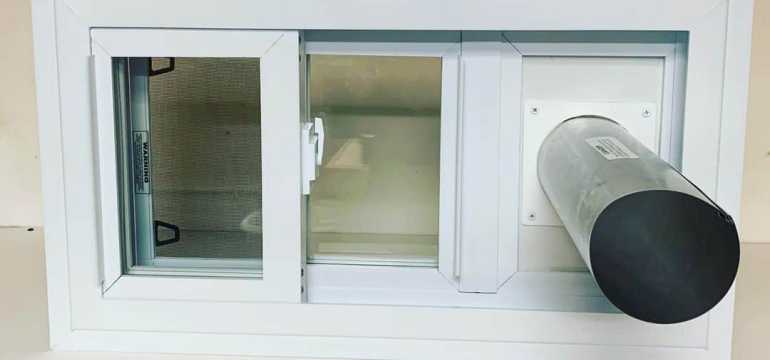
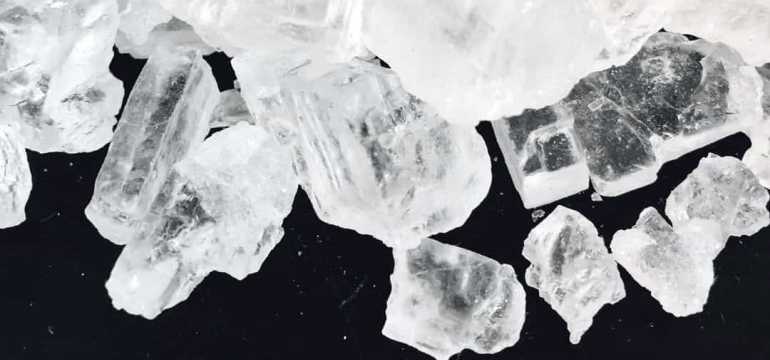
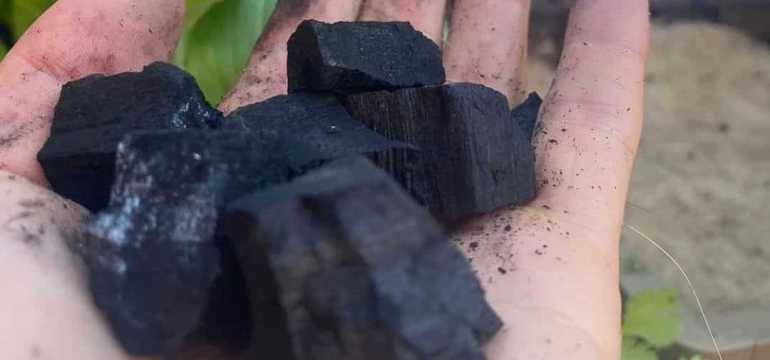
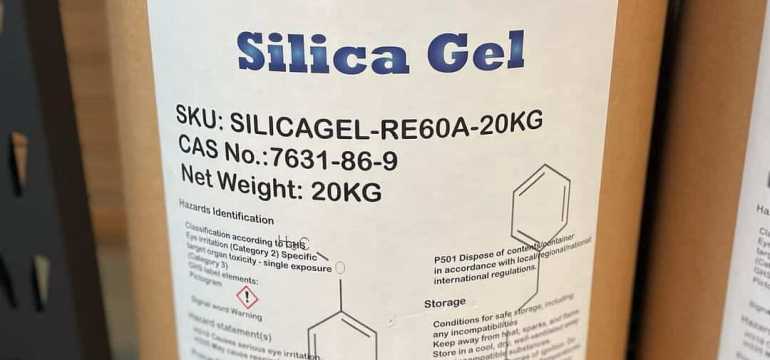
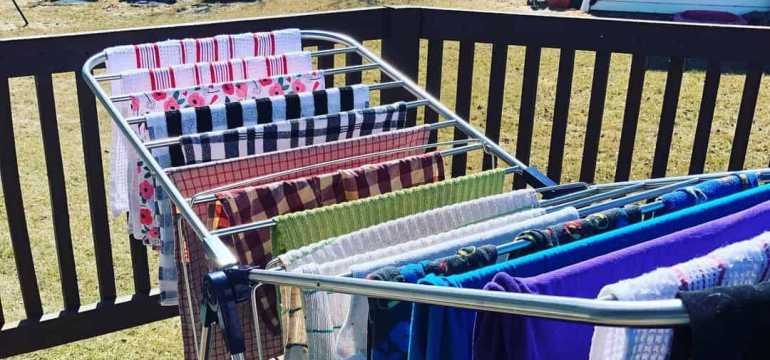
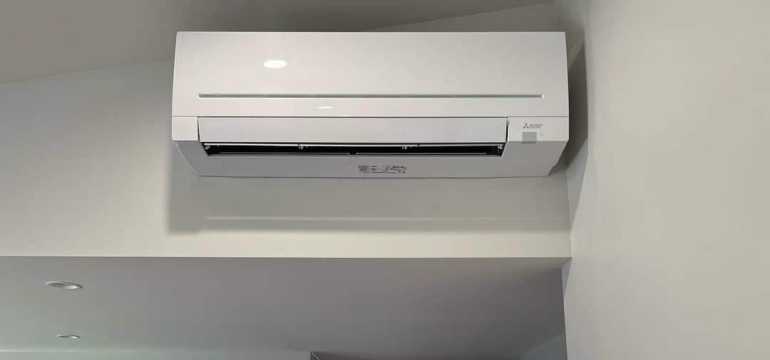
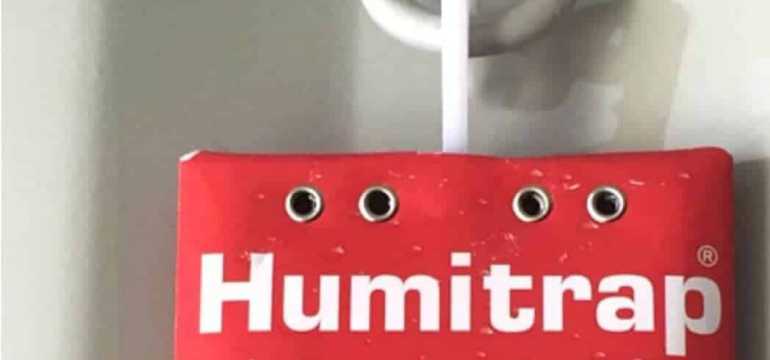
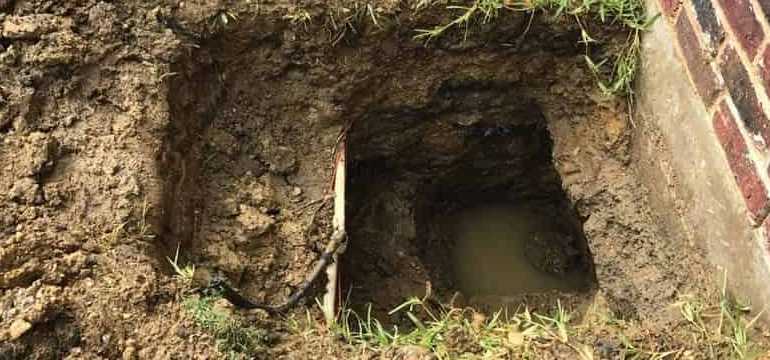
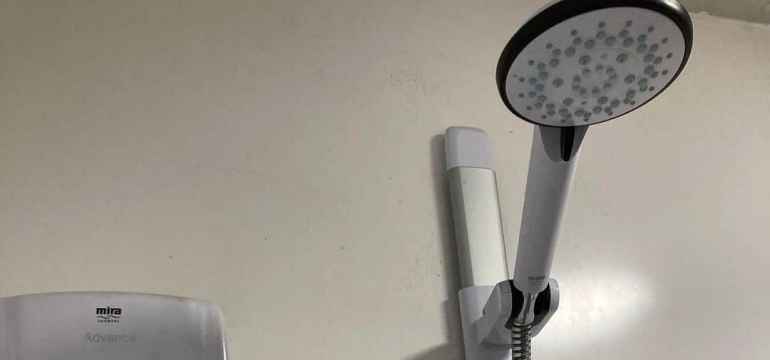
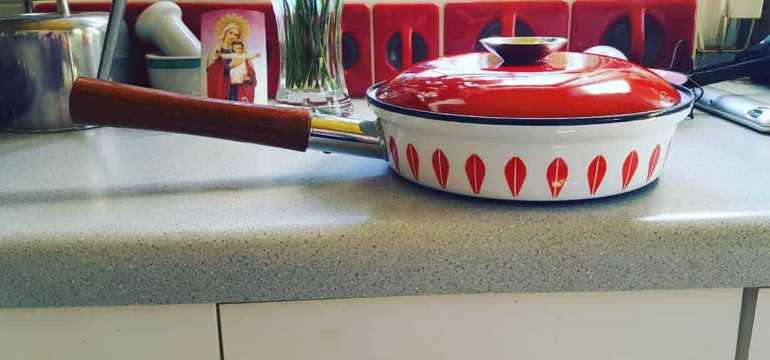
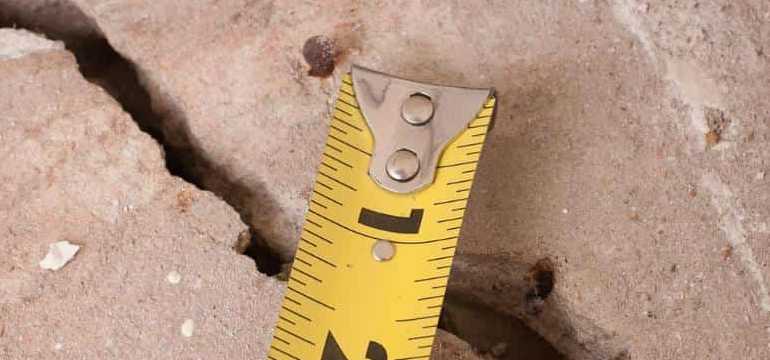
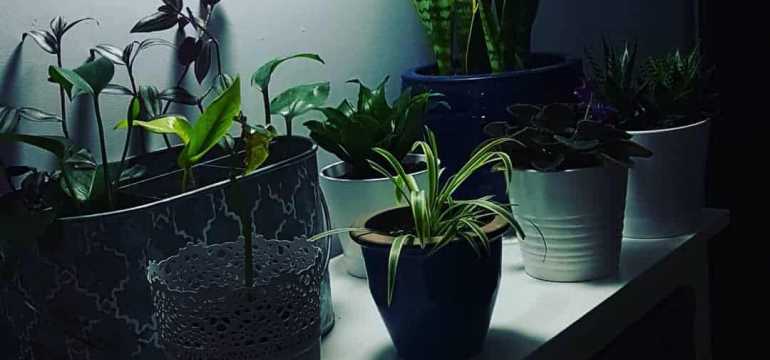
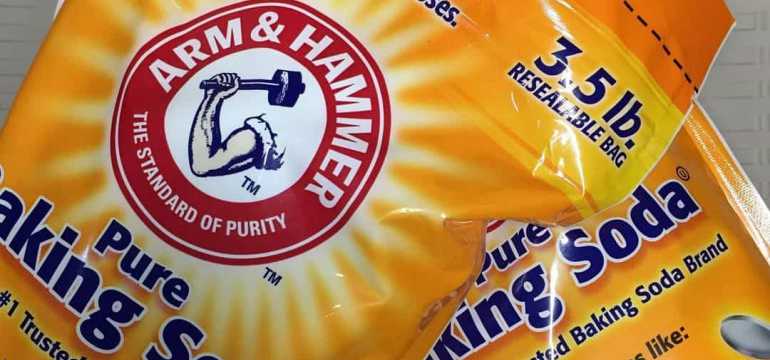
Bill Cooke
Monday 2nd of January 2023
Great article! Great ideas! Thanks much!